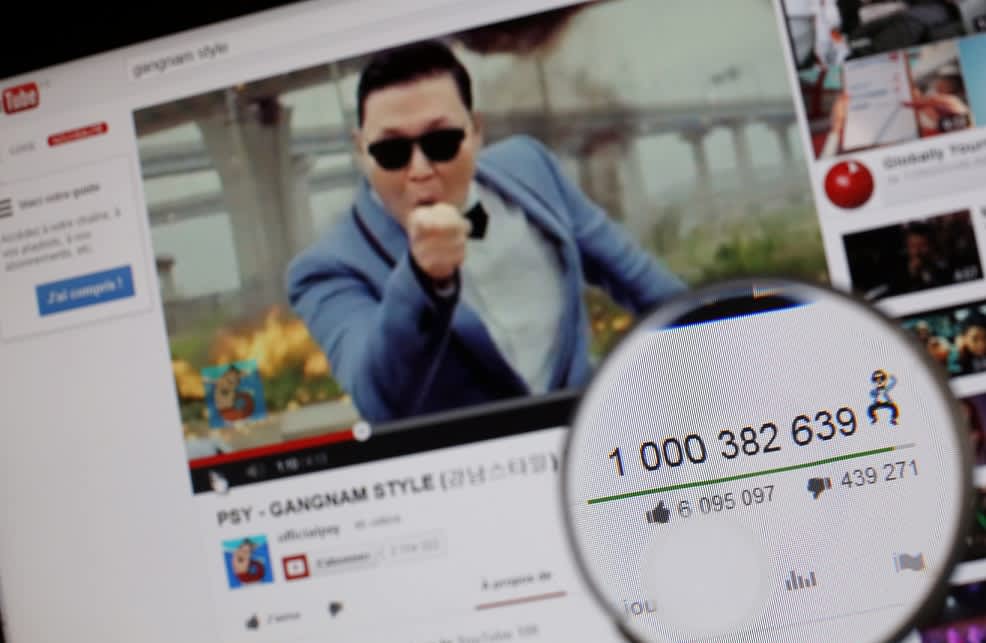
/cdn.vox-cdn.com/uploads/chorus_image/image/64432746/987950.0.jpg)
K-pop steadily saturated the airwaves, shops and streets, earning its own section in record stores and perpetuating a thriving industry of unofficial goods and K-culture tourism in Shin-Okubo’s Korean neighborhood. The music also brought something new to the charts: impressive vocalists and charismatic rappers on top of progressive production which introduced contemporary Western influences, mixing elements of EDM, dubstep and R&B.

The public was captivated by impeccable dance routines, fresh fashions, long legs and sex appeal. Korean idol groups were exotic and exciting, strikingly different from the cute and wholesome J-pop idols that had remained relatively unchanged (both visually and musically) since the 1980s. By 2011 K-pop had swept across the nation, topping the charts and selling out arenas. As Japan’s interest in K-pop began to increase, Super Junior, Girl’s Generation, KARA and dozens more groups followed suit.

WHEN WAS GANGNAM STYLE RELEASED TV
Tohoshinki) and BIGBANG were some of the first to succeed in the overseas market with original Japanese songs and charming TV appearances. Soundtracks packed with heartfelt, tender ballads served as the perfect bait to hook a fanbase for the singers and numerous idol groups, which had become a bubbling trend in South Korea. Hallyu, or The Korean Wave, first washed over Japan’s shores in the early 2000s as romantic Korean TV dramas captivated housewives with their sentimental stories and handsome stars. The artists might not yet be established as household names, but people everywhere are finally noticing that there’s more to K-pop than “that guy doing the horse riding dance.” So how did the genre rise through Asia and beyond? “Gangnam Style” star PSY (far left) performing on the Today Show in New York First Stop, Japan The unmitigated scale of K-pop’s popularity is becoming impossible to deny, as fans’ enthusiasm co-opts Google search results and hashtags for everything from awards shows to the recent South Korean presidential election. And seven-member boyband BTS won the Billboard Music Award for Top Social Artist, defeating Justin Bieber and Selena Gomez in an impressive landslide voting victory – and leaving mainstream American media awash with confusion at exactly who BTS is, and how, as CNN Entertainment put it, they are “Bigger than Bieber?” BTS with their Billboard Music Award

In Tokyo, the world’s largest Korean culture festival, KCON, was held over three days at Makuhari Messe, attracting more than 30,000 visitors. Five years after “Gangnam Style” mania, PSY released his latest album, PSY 8th 4X2=8. Ai Weiwei’s fight to remain an uncensored voice for the people of China is an effort MCASD proudly supports.May 2017 was a good month for K-pop fans. When the authorities refused to release Ai Weiwei, MCASD staged a 24-hour silent sit-in to protest his detainment. In 2011, MCASD’s International Collectors group visited the artist in his studio in Shanghai just months before he was arrested. The Museum has a long history of supporting Ai Weiwei and his work. MCASD was invited by Kapoor to submit a video, which was ultimately incorporated into the final cut and available to view on YouTube. “Gangnam for Freedom by Anish Kapoor and Friends” received widespread support by human rights organizations, museums, and well-known artists such as Mark Wallinger and Bob and Roberta Smith. In response, internationally acclaimed artist Anish Kapoor organized a massive Gangnam Style video in support of the artist. You probably just caught the tail end of Anish Kapoor’s Gangnam Style parody video released last December.Ĭhinese artist and activist Ai Weiwei created his own parody of Korean pop music sensation Psy’s viral Gangnam Style music video as a comment on the lack of freedom in China. Thought you saw MCASD staff and board members “riding the pony” on YouTube? You weren’t dreaming.


 0 kommentar(er)
0 kommentar(er)
